Noisy baseboard heaters -yeah, it's a thing...
Over the years we’ve had many questions about ticking, humming, popping or even banging or clicking noises coming from electric baseboard heaters or hot water heated baseboard heaters. The main complaint is that they are loud enough to wake people up – or subtle enough to cause buzzing in the ears that just never turns off. Unfortunately, over winter, these electric heaters turn on and off frequently when their thermostats tell them to.
We’ve even had complaints about some models flashing as they turn on and off, startling cats and causing dogs to bark in the middle of the night – which certainly sucks!
Since electric baseboard heaters have a reputation for ticking people off, we asked a few manufacturers and installers how to silence them once and for all – if indeed it’s possible.
Noisy baseboard heaters – why bother?
Electric heaters are one of the most common heating system across Canada and also fitted as a budget heating system across the USA, so they are well known. They are inexpensive to buy and relatively quick to install, which is also probably a large part of the reason they are so often chosen.
Electric baseboard heaters are basically zone heaters. They are typically installed underneath windows where the heater’s rising air counteracts falling cool air from the window’s glass, and are controlled by thermostats within the room where they are located.
If homes are older, the insulation isn’t too great and the air permeability is high, then these types of heaters are probably not a great choice for home heating – depending of course on the cost of electric, gas or heating fuel. In cold climate zones, we would always suggest investing in better insulation first, and carrying out an energy audit involving a blower door test before installing a full house of baseboard heaters. That said, if the home is reasonably efficient, then electric heating can still be a good choice.
If the electricity they consume is generated sustainably, then electric baseboard heaters can be an economical and eco-friendly choice for heating system for well-insulated green homes.
However, if the questions in the “Ask a Pro” section is anything to go by, it seems that baseboard heaters and the cacophony of sound that is released from them can become one of the most annoying things for residents - particularly the light sleepers.
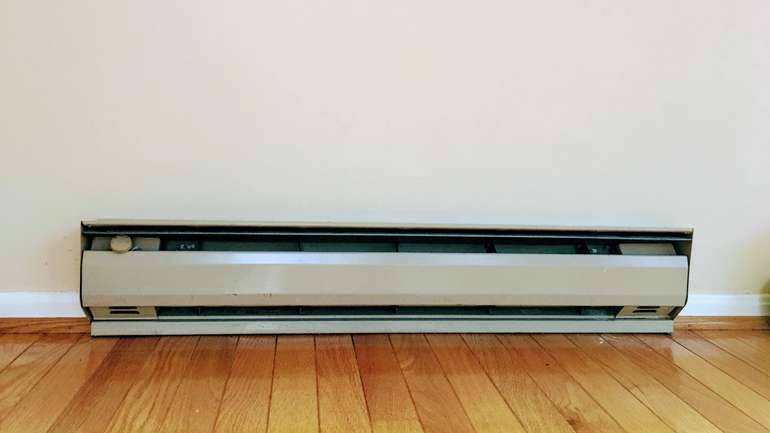
Some of the most popular questions we get asked about noisy baseboard heaters are…
- What can I do to stop electric baseboard heaters making clicking and banging noises when they’re turned on?
- Why do baseboard heaters continue to be noisy when switched off?
- How to deal with the constant high-pitched buzz from electric baseboard heaters?
So it’s normal for baseboard heaters to be noisy?
Baseboard heaters are notorious for emitting different sounds. The clicking and buzzing noises are “normal" in so much that too many of them do it and do it too frequently.
These sounds are mostly due to the metal reacting to sudden changes in temperature when they are turned on after a prolonged shutdown, or when they begin to heat up when the temperature drops. Noises are caused by the expansion when starting, and the contraction when cooling, of the metal components of the baseboards.
What many people don’t realize either in the most basic versions of electric heaters, is that the thermostat doesn’t actually control the temperature of the baseboard heater. The role of the thermostat is to dictate when they turn on and off based on the temperature of the air circulating through them.
Cheaper or older bimetallic thermostats let the heaters cool right down before reactivating, and so starts the vicious circle of metal cooling and heating significantly rather than gently and more often – often called “cycling.” This in turn adds to the potential for noise in baseboard heaters, and can cause them to fail prematurely to do highly repetitive thermal shock.
If noisy baseboard heaters are normal - can they be fixed?
If the noises from the electricity and water-heated baseboards are constant and super irritating, then it’s good to know they can probably be fixed - or at the least reduced. Put simply, it may be that they are screwed on too tightly, or too loosely, and the casings (or heat dispersing fins) are of poor quality or distorted. Or, the thermostats are poorly adjusted or simply of basic quality. In all probability – it’s a combination of these factors.
The secret is not giving up! There is a solution for each type of problem with these heaters, however, if you are not an expert, we would suggest that you test the following simple solutions in the order proposed. In our experience they should solve most if not all the annoying tick-tocking, clinking and banging problems coming from pesky baseboard heaters!

Simple solutions for stopping noisy baseboard heaters.
WARNING: Before doing anything related to pulling covers off electric baseboard heaters or thermostats, remember to turn off the circuit breaker for the baseboard heaters and their control system. If it’s not immediately apparent which breakers this is, then we’d have to suggest that the first step should be to ensure the electrical panel on the home is correctly labelled.
Also, if at all uncomfortable or inexperienced with electrical work, our top tip is to call a registered professional first, rather than find out why it would have been a good idea later! And – before touching any heaters, it’s also a good idea to ensure they are cool, because the electric ones in particular can get very hot and can cause severe burns.
First step, which baseboard heaters are the noisiest?
To identify where the noise is coming from accurately, first make a note of which heaters are the ones making the most noise. In our experience, every home with baseboard heaters has 2 or 3 that make more noise than the rest combined.
If living in a home heated with electric baseboard heaters where family members have been complaining about noises keeping them awake or startling the dog, enlist their help. Once the main culprits are identified, there are some initial checks to do that should be part of regular maintenance for baseboard heating and preparing a home for winter.
Put an ear down near to the baseboard heaters (but not so near you singe hair or burn skin) and check to see where the noise is coming from. Sometimes it’s obvious, sometimes it isn’t. I’ve seen front cover plates on old style baseboard heaters jump and bang as they heat or cool, and with older electric heaters sometimes it’s the built-in thermostat that makes a loud click or buzzes. It’s certainly worth a try to see roughly what area is causing the noise problem with baseboard heaters before trying to fix it.
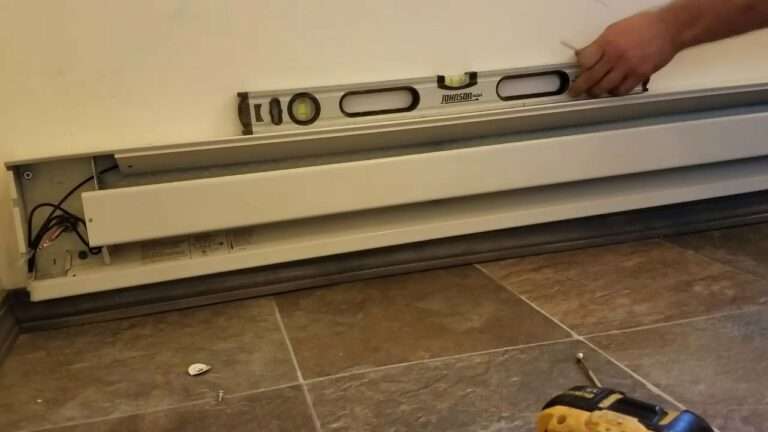
Correct positioning of baseboard heaters for quiet operation
Baseboard heaters, or their inlet vents, should sit level and at least three-quarters of an inch above the floor, carpet, or rug to allow the cooler air on the floor to flow under and through the electrical heating element or the fins on a water-heated unit.
If a carpet is especially thick, consider moving the heater up the wall to give the required clearance underneath, or trim the carpet down around the base of the heaters. If the air can’t circulate, then they can’t heat or cool efficiently.
Close proximity to something combustible like a carpet can also cause premature failure, or worst-case scenario in electric ones, a fire. Incorrect or insufficient airflow can also cause them to be noisy because the thermostats won’t be functioning correctly if located in the unit. Once certain that the baseboard heater is correctly positioned on the wall, make certain that the top of them isn’t covered by curtains when closed or by the back of furniture – once again – air circulation is essential!
Cleaning baseboard heaters and setting the fins for quiet running
Next, carefully work out how to remove the front cover from the heater, having already shut off the electricity if needed, and checked that it is cold. Then, looking into the heater element and fins (if there are any), are they dusty, full of fluff, dog or cat hair and cobwebs? This indicates that there has been insufficient airflow or that they’ve been turned off for a while – and although this will burn off when the heaters are used, it smells pretty foul and can provoke allergies. Dust and debris is best dealt with by a gentle brushing off with an appropriate vacuum attachment or with a soft paintbrush in the direction of the vacuum tube. A clean heater is a better functioning heater!

Next, look closely at those heater fins; are they bent or touching? They shouldn’t be – being careful not to cut fingers on sharp ends gently bend them away from each other in a consistent way. I generally use a pair of long-nose pliers to avoid the inevitable search for bandaids if I don't.
Having a consistent airflow through a baseboard heater is also the best way to minimize the black streaks they sometimes cause up the wall behind. Though in an older home, check very carefully for airleaks entering from the crawlspace in the gap between flooring and baseboard too, and caulk or use aluminum duct tape to block those holes up under the heater and out of view.
I also tend to push the heating element tube one way firmly but gently and back to make certain it can expand and contract smoothly. If it’s making lots of noise in the process – we may have found the problem!
If the casing itself is dented, discolored or even rusty, (probably caused by condensation from windows dripping off the windowsill) – then it is possible to buy some clip-on baseboard heater covers online – which will spruce them up, and also make them safer for small children.

Loosening or tightening some screws can stop the noise from a baseboard heater
Noise can be caused by insecure installation of the heating element inside the electric baseboard heater, or poor installation of the heater itself on a warped or uneven wall or baseboard. To fix this problem, all that may be needed to do is readjust a few screws.
Loosening the screws slightly can allow the metal to expand and retract quietly without snagging up and letting go with a ping. Result! The importance here for quiet operation is as follows – if the screws are too loose, this can cause rattles and buzzing, if they are mid-way between tight and loose, this can cause the sudden pings, bangs and crackling noises as expanding or contracting metal moves with a rush. If very tight, this can cause the case to distort, which will then cause the cover or the heating element to make noises as it moves around in the case. If at first any of these changes make the noise worse, then try something else from the list.
Check that the voltage is correct and the amperage of thermostats
If a 120-volt baseboard heater is connected to a 240-volt power supply, this may be the cause of a humming noise, burning smells or worse still, a fire. I’ve actually seen this once – and many US homes have 240v outlets designed for power tools which an amateur electrician might attempt to connect to.
Some heaters are 240 volt - so be certain what the power supply is running at before ordering or changing any electric baseboard heaters. Likewise, the amperage of electric baseboard heaters must correspond to those of the thermostats. For example, for 2,500 W baseboard heaters a 3,000 W thermostat should be used to be certain of covering the amperage of startup and to give a margin of security.
Electronic thermostats are often quieter than older electro-mechanical ones
Electronic thermostats are more accurate than manual ones, allowing noise reductions, increased comfort and additional cost savings. Programmable electronic thermostats allow the temperature of rooms to be automatically adjusted according to the time of day (lower temperature at night) and the occupancy rate (lower temperature in the middle of the day). The savings for electric heaters can mount up to 10% of heating bills according to studies in Canada (Hydro-Quebec) for an average-sized house.
This is because by keeping the temperature more constant, electronic thermostats maintain a total running time that is lower, and expansion and contraction will be minimized which reduces the noise baseboard heaters might make. Even better - baseboard heaters can even be controlled by smart thermostats like this one.

Be careful though! Several Internet users have told us of compatibility problems between certain baseboards and certain electronic thermostats… this is probably a question of operating frequencies. To avoid returning to the hardware store, or having to return heating thermostats for baseboard heaters found online, we strongly recommend double-checking compatibility before purchase!
Change the baseboard heaters to stop the noises
If none of the above works, electric baseboard heaters can always be changed or contact a heating technician who can try to determine the cause of the noise (although the cost may end up being comparable). If it’s one or two units, try looking up better quality electric baseboard heaters online, with centrally-controlled electronic thermostats.
If multiple baseboard heaters need to be changed, or if in an older home with high energy needs and a diesel powered heating fuel boiler and noisy water heated baseboard heaters, it might be time to carry out an energy audit and have a rethink.
Then look at improving the home insulation first to reduce the heating requirements – by adding insulation to the exterior walls from the outside for example – and it might be time to consider installing an air-to-air high-efficiency heat pump as they run more efficiently for the amount of energy used and the heat output. We’ve also found that these high-efficiency electric heat pumps result in a better comfort level than baseboard heaters, as they reduce the relative humidity level in the home and circulate the air – evening out the room’s temperature.
How to fix noisy water-heated baseboard heaters?
Some noisy baseboard heaters are water heated – so we should also mention them specifically even though they are relatively less noisy compared to electric ones. To throw a ‘spanner in the works’, when water-heated baseboards do make annoying noises, it is entirely possible that the rattling is coming from the expansion of the pipes in the heaters as hot water enters them. To reduce this noise, insulating foam strips can be forced between the pipes and the elements that surround them, and metal clips holding pipes can be lined with duct tape to enable pipes to slide silently.
The noise can also come from the boiler via air passing through the system, or a solenoid valve closing too quickly, which then creates pressure in the system and forces the radiator valves to open or close too quickly in turn, and go bang in the night.
If the operating pressure in the boiler is not between 12 and 20 PSI, the problem is most likely going to be that. It would be recommended at this stage to contact an experienced heating engineer and check the balance on the emergency credit card!
If the noise from water-heated baseboards sounds more like a hammering, the temperature of the water flowing through the radiators is probably too hot and turning into steam, which also makes it expand. Note, if the circulating water exceeds 220 degrees, a technician should be contacted quickly before the boiler or home heating system is damaged beyond repair.
We hope this guide on how to fix noisy baseboard heaters has been helpful. Learn more about sustainable home comfort, energy efficiency and how to reduce the carbon footprint of homes on the following pages and in the EcoHome Green Building Guide.
Find more about green home construction and reap the benefits of a free Ecohome Network Membership here. |
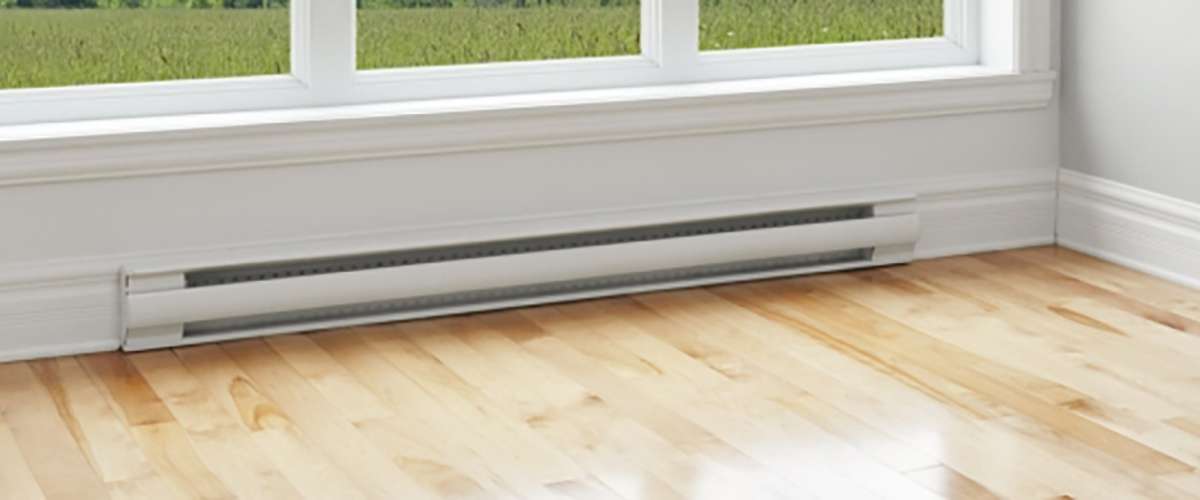














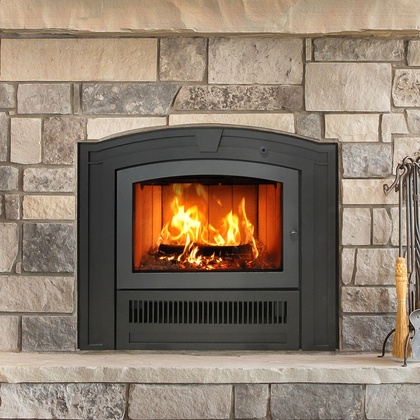

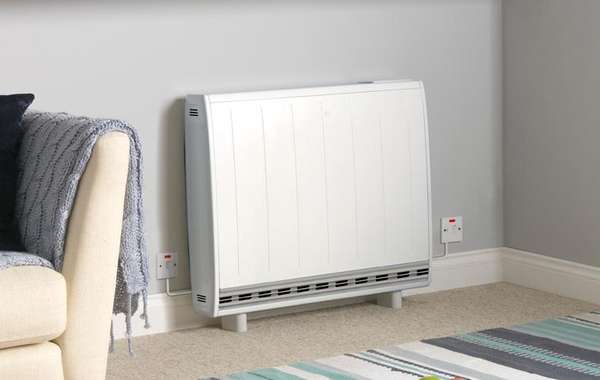
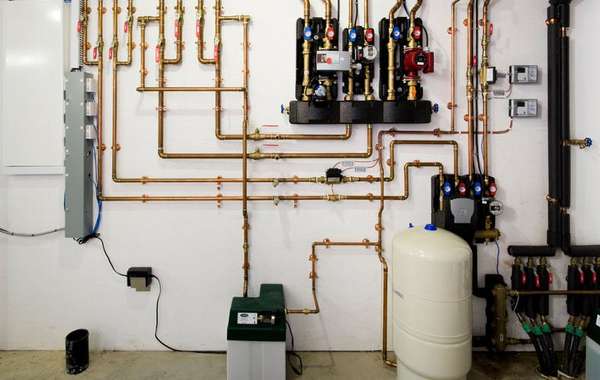
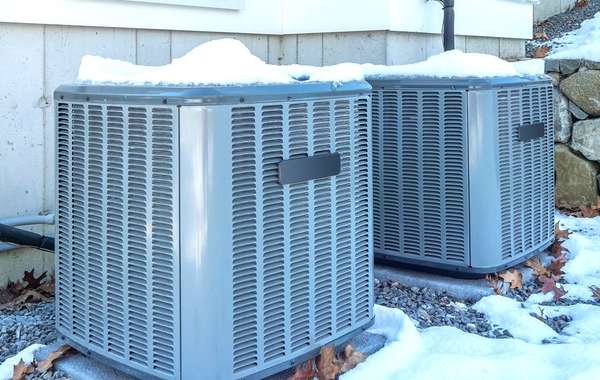
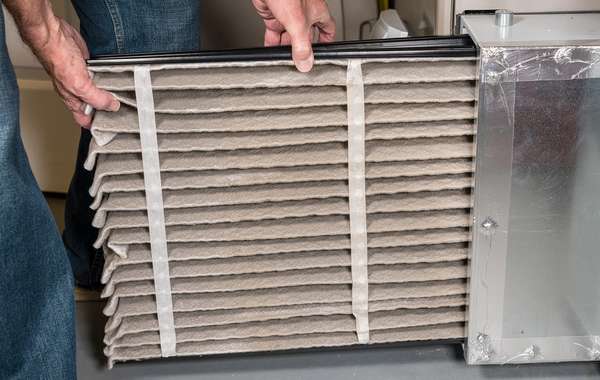
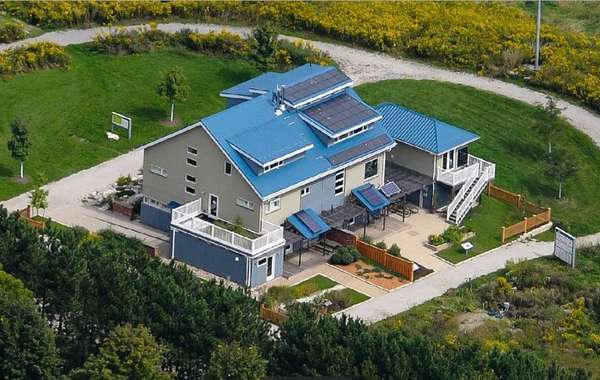
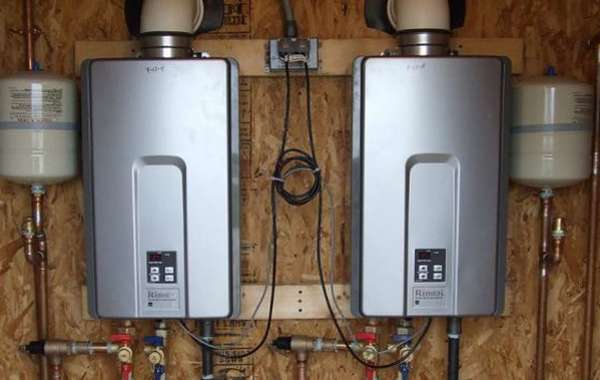
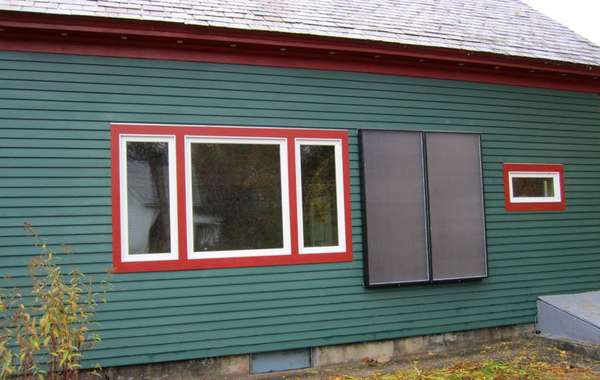
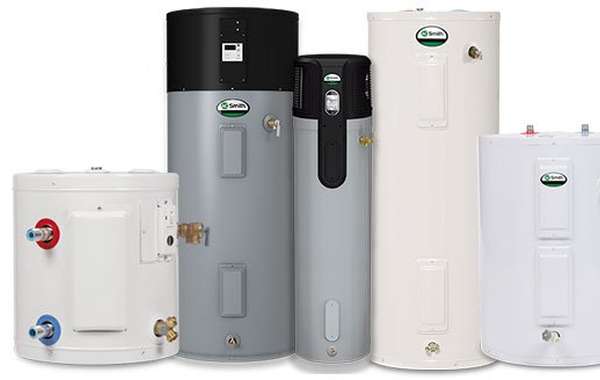
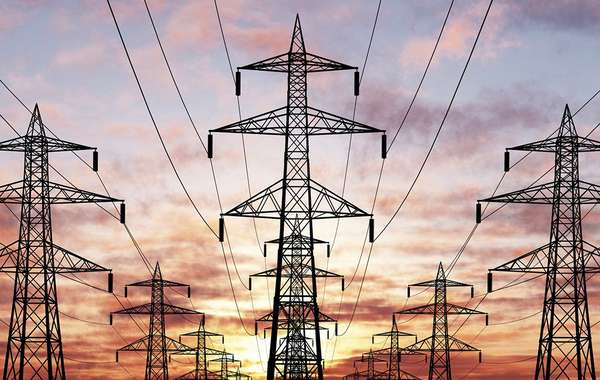
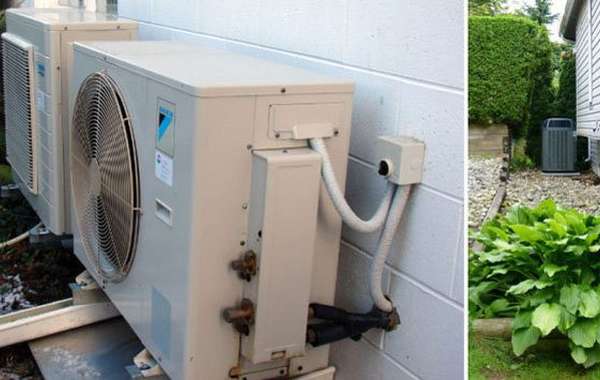
Comments (0)
Sign Up to Comment